Three ways to check the drive in Windows 7
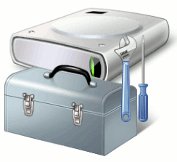 Network administration - Hard drive failure occurs for a variety of reasons - sometimes it may be due to a source error, virus infection, bad installation, or sometimes due to other causes that may lead to behavior. strange.
Network administration - Hard drive failure occurs for a variety of reasons - sometimes it may be due to a source error, virus infection, bad installation, or sometimes due to other causes that may lead to behavior. strange.
In this article, I will show you how to diagnose and solve disk problems with the default tools included in Windows 7.
Note: The order of execution is not random. You must follow the steps correctly to solve the problem.
1. Use the Windows 7 error checking tool
Sometimes when we encounter a problem, we tend to install third-party applications and forget about the basic tools available in the Windows operating system. Many complex problems can also be fixed by using the programs included in the Windows operating system right from its first release. A simple interface does not mean it is an inactive utility.
First, double-click 'My Computer'.

Then select the drive you want to check and right click:

Go to the tools tab and click 'Check now .' :

Now, select both ' automatically fix ' and ' scan for bad sectors ':

If the computer cannot perform a test because the disk does not work, it will ask for a check on the next boot of the computer.
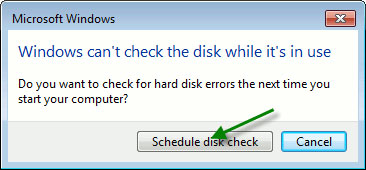
2. Use Windows 7 Recovery CD
Another way to check the status of the hard drive is to use Windows 7 Recovery CD. These tools can be found in Windows 7 CD or in System Repair CD.
You can use this CD to find hard drive problems. However, to perform a test, you must boot the computer using this CD. Once you have selected the language, you will see a window asking you which tool to use. In this case, we will use the command line tool:
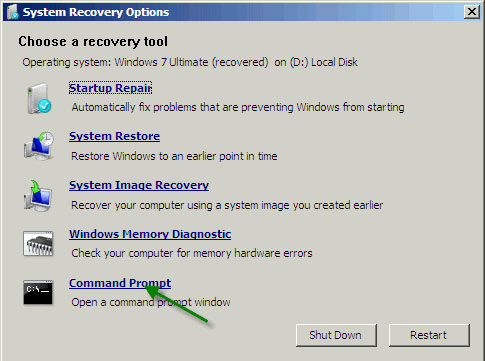
When the command prompt appears, type the command 'chkdsk c: / R' and press Enter to launch the application:
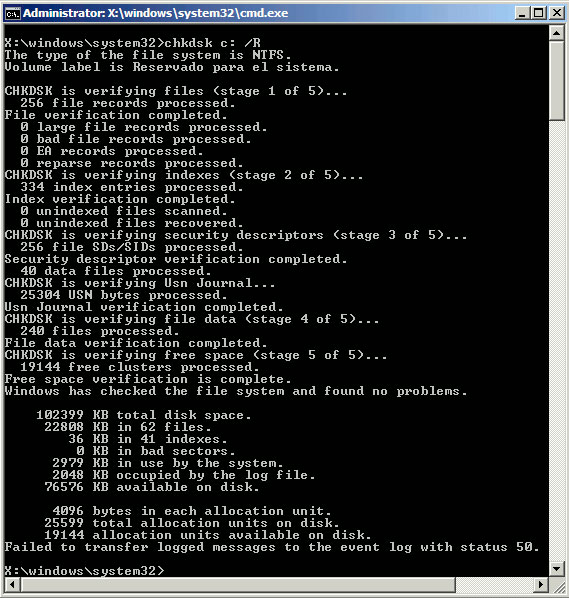
The appraisal process has 5 stages. CHKDSK verifies file, index, security, USN Journal, file data and free space.
3. Use System File Checker
Not all files on your computer are important files for the operating system. System File Checker helps you check those files and solve file integrity problems.
Use the search utility in the Start menu. Type 'cmd' , right-click and select 'Run as administrator' .
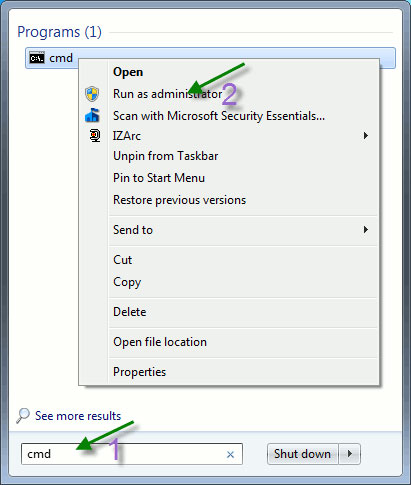
Now in the command prompt window, type "sfc / scannow" and press Enter.
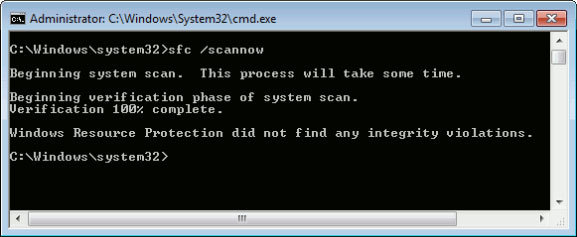
The result will indicate whether or not you violate file integrity.
In addition to the ways introduced in this article, there will certainly be many other ways to do this or even better. Please share with us and other readers!
You should read it
- Easily solve 3 common system errors
- Difference between Recovery Drive and System Image in Windows 10
- Create Recovery Recovery hard drive for Windows 10
- How to use Google Drive Access Checker to share files smarter
- Fix Windows 7 error without receiving CD / DVD drive
- Some ways to fix lost DVD drive errors on Windows 10
- Instructions on how to map network drives in Windows 11
- This is how to 'recover' a failed USB drive on Linux
May be interested
- Restore laptop performance
 upgrading ram, taking advantage of the old hard drive as an external storage device, choosing the right power management mode will help your laptop work better.
upgrading ram, taking advantage of the old hard drive as an external storage device, choosing the right power management mode will help your laptop work better. - Learn about the rundll32.exe process
 in the list of many services that start with windows, surely many people will wonder about rundll32.exe. in essence, what is it, a windows program or a virus, does it harm the system ...
in the list of many services that start with windows, surely many people will wonder about rundll32.exe. in essence, what is it, a windows program or a virus, does it harm the system ... - What will be after 10G Ethernet?
 the era of 10 gb ethernet per second is starting with a cost of 25% of the total 18 billion usd of ethernet switching market share of 10g. what is next?
the era of 10 gb ethernet per second is starting with a cost of 25% of the total 18 billion usd of ethernet switching market share of 10g. what is next? - 10 interesting applications from Google Labs
 google labs is considered a 'repository' of unique ideas to diversify google services. here are 10 of the latest interesting application ideas from google labs.
google labs is considered a 'repository' of unique ideas to diversify google services. here are 10 of the latest interesting application ideas from google labs. - Create a Windows 7 installation DVD with built-in SP1
 although service pack 1 version for windows 7 is not complete, many readers still want to integrate the sp1 sp1 version for windows 7. 7.
although service pack 1 version for windows 7 is not complete, many readers still want to integrate the sp1 sp1 version for windows 7. 7. - Access to Yahoo! Mail and services on Google Chrome
 are you interested in using yahoo email and its services, or are you afraid to change to other email services? the following article of tipsmake.com will help you easily access yahoo! mail on google chrome.
are you interested in using yahoo email and its services, or are you afraid to change to other email services? the following article of tipsmake.com will help you easily access yahoo! mail on google chrome.






 5 ways to check hard drive effectively to help periodically check the hard drive
5 ways to check hard drive effectively to help periodically check the hard drive How to check hard drive health in 3 ways
How to check hard drive health in 3 ways 8 effective ways to check your hard drive to periodically check the health of your hard drive
8 effective ways to check your hard drive to periodically check the health of your hard drive 3 ways to check the health of the hard drive on a Windows computer
3 ways to check the health of the hard drive on a Windows computer 3 How to check the working status of the hard drive
3 How to check the working status of the hard drive